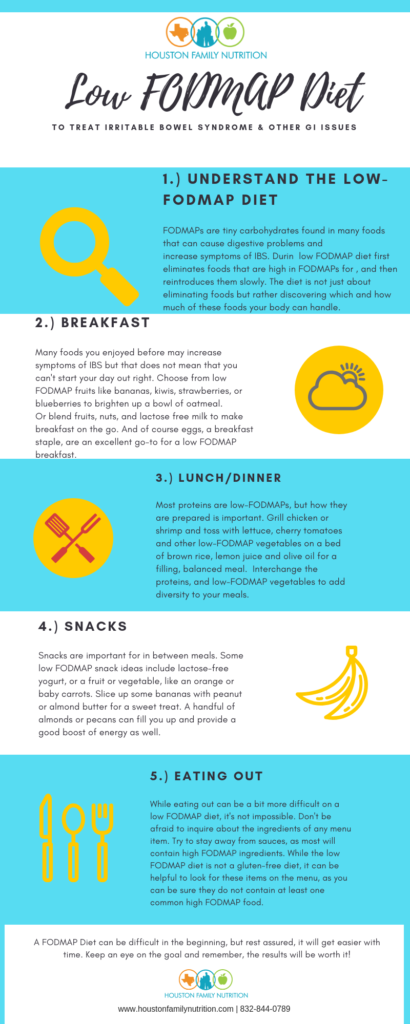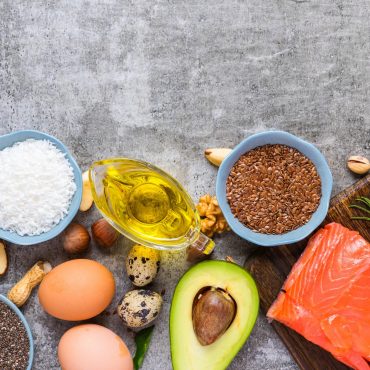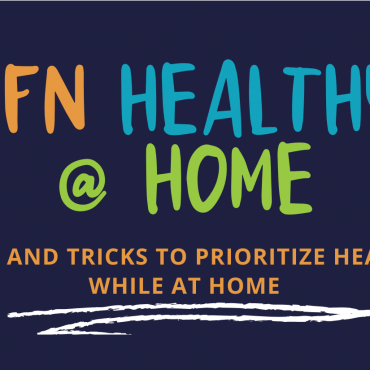Understanding the Low FODMAP Diet
The low FODMAP diet is a diet that minimizes the overall intake of FODMAPs. The acronym FODMAP stands for Fermentable Oligo-, Di-, Mono-saccharides And Polyols. These are tiny carbohydrates found in many foods that can cause digestive problems and increase symptoms of irritable bowel syndrome.
The reason for this is that FODMAPs are not easily digested and absorbed into your bloodstream. Instead, they travel to the far end of your intestine, where they come into contact with your gut bacteria. Your gut bacteria feeds off these carbohydrates, producing hydrogen gas, which can cause gas, bloating, stomach cramps, pain and constipation. FODMAPs also draw water into your intestine, which can cause diarrhea.
A low FODMAP diet can be beneficial if you are suffering from IBS, Chron’s disease, or ulcerative colitis,(1) as it can provide relief from gas, bloating, stomach pain, diarrhea, and constipation. Even if you have not been diagnosed with any of the above, the low FODMAP diet is an important step in identifying and ruling out food allergies and intolerances. It can also help individuals identify the source of a GI issue and spare the need for invasive testing.
The Low FODMAP Diet
What can be confusing about the low FODMAP diet is that many foods that are healthy and nutritious are off-limits, because they can cause digestive problems. Here is a breakdown of the FODMAP categories and some of the foods that fall into those categories:
Oligosaccharides – these can be found in artichokes, garlic, leek, onion, shallots, wheat, rye, barley, and certain legumes.
Disaccharides – Lactose is the most common disaccharide that causes discomfort. Lactose can be found in milk, ice cream, custard, dairy desserts, condensed and evaporated milk, milk powder, yogurt, and soft unripened cheeses (eg. ricotta, cottage, cream, mascarpone).
Monosaccharides – specifically excess fructose, found in fruits like apples, mangos, pears, and watermelon, as well as honey and high fructose corn syrup.
Polyols – found in apples, apricots, nectarines, pears, plums, prunes, mushrooms, sorbitol, xylitol, and most artificial sweeteners ending in -ol.
What can you eat on a low FODMAP diet?
There are plenty of healthy and filling foods you can eat while on a low FODMAP diet, even during the elimination phase. Try incorporating the following into your diet:
Protein – eggs, meat, chicken, fish
Vegetables – bok choy, carrots, celery, cucumbers, eggplant, ginger, green beans, kale, lettuce, chives, olives, parsnips, potatoes, radishes, spinach, scallions (green, top part only), squash, sweet potatoes (in small quantities), tomatoes, turnips, yams, water chestnuts, zucchini
Fruits – grapes, oranges, bananas, blueberries, cantaloupe, grapefruit, kiwi, lemons, lime, mandarins, melons (except watermelon), passionfruit, raspberries, strawberries
Dairy – lactose-free dairy products, hard cheeses and aged softer varieties like brie and camembert
Grains – corn, oats, rice, quinoa, sorghum, tapioca
Nuts and Seeds – pinenuts, brazil nuts, chestnuts, macadamia nuts, pecans, peanuts, walnuts, sesame seeds
Herbs and Spices – pretty much any EXCEPT onion powder and garlic powder
Fats and Oils – all
Sweeteners – maple syrup, mollasses, stevia
The Low FODMAP Diet Stages
The low FODMAP diet takes place across two stages, elimination and reintroduction. Unlike other diagnosable issues, where the treatment is clear and consistent among patients, FODMAP intolerances can vary widely from person to person. For this reason, it is advisable to consult with a dietitian who is knowledgeable about FODMAP so he or she can best guide you along this process.
Phase 1 – Elimination
During this phase, you will severely restrict all high FODMAP foods for a period of 4-6 weeks. Though it may be difficult with so many restrictions, it’s important to ensure that you are still meeting your nutritional needs during this time. We typically recommend that clients keep a log of the foods they are eating and the symptoms they experience during this phase. We use an app that allows clients to input their foods and how they feel after eating these foods, but you can also use a simple notebook.
Phase 2 – Reintroduction
During this phase, the high FODMAP foods eliminated during phase 1 are added back in one at a time. During this phase, your goal is to determine what amount and what types of FODMAPs your body can comfortably tolerate. This process should be done carefully and under supervision to ensure you are able to identify the correct long-term diet you should be following.
The low FODMAP diet can be a powerful way to restore normalcy to your system and relieve the pain and discomfort you may currently be feeling. If you need help starting a low FODMAP diet, our qualified registered dietitians can help you navigate this process. Reach out for a free phone consultation today.
Feel free to print or share this handy guide.




